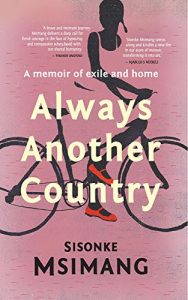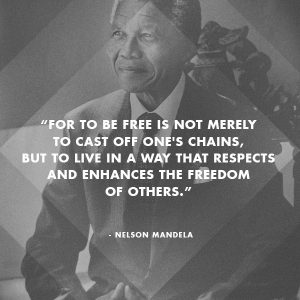The theme of truth and reconciliation has been a prominent theme that has been discussed thoroughly these past few weeks in ASTU class. Initially when I thought about this theme, I didn’t realize the underlining meaning behind “true” reconciliation comes from the heart. In South Africa, the Truth and Reconciliation Commission was official in 1995. This invited victims and perpetrators to tell their stories, confess, and apologize. The confessions and the remorse feeling from the perpetuators were shown but were they “real” or was it just a performance? This context of performative versus real remorse is seen in the book Disgrace by John Maxwell. The book is set in South Africa post apartheid, with its main character being a communications professor named David Lurie, who has an non consensual affair with his student Melanie Issacs. Throughout the book, he deals with his sexual desires, his court case for sexual harassment, and his relationship and traumatic event that happens with his daughter. David Lurie’s confession to the jury for his case was very significant when eyeing the performative aspect in truth and reconciliation. His confession came off as very straight forward to the jury and his voice had this sense of entitlement. David Lurie knew he could not give them what they wanted which was a confession from the heart or in other terms catharsis. He knew that he needed to perform his confession without the essence of sincerity as it was not necessary and seen as not measurable. The talk of performance was seen in the book by the lawyer recommending David to perform these external acts which won’t change him. Moha explores this theme of truth and reconciliation in the context of the Truth and Reconciliation Commission in South Africa. She questions the true nature of the white people’s emotions in the hearings. She shows how their guilt is differentiated when it comes to their actions happening due deindividuation or individually. The remorse was felt when the action was done individually, however when done individually within a group the remorse was veiled.
Digging deeper into the reasoning on David’s actions with Melanie, it can be interlinked to a generation change which can be seen in Daniel’s blog. I never thought of understanding David’s train of thought by linking it to the generational gap. In accordance to Moha’s take on reconciliation, in Daniel’s blog, he explores how the term “reconciliation” in South Africa expresses how at some time there was a peace relationship between the blacks and whites in South Africa which needed to be brought back. In this process of reconciliation, Daniel states how the confessions from the whites about the system in South Africa and their actions was not sincere, but rather done as a fundamental thing to do, which links to David’s confession about Melanie. Moha and Daniel both come to terms on how Davids’s confession was not sincere, and ultimately I believe in order to show remorse and sincerity the act of catharsis needs to come into play. Going back to Moha’s blog, she questions if the “TRC can actually ever achieve real truth and reconciliation,” and I believe that it can be achieved by taking Daniel’s perspective of integrating personal reflection that actually comes from within. This personal reflection has to release all the repressed and personal reflections which can bring out real confession and reconciliation.
On an alternative route, Azumi draws on truth and reconciliation by analyzing David’s daughter Lucy. Azumi draws on the connection between “Country of My Skull” and Lucy’s relationship with animals. I found it very interesting and I totally see her perspective on how Lucy’s acceptance of marriage with Petrus can relate to the Afrikaans adapting to the change of “racial positionality” in South Africa. Azumi indicates how reconciliation can be slowly seen by Lucy as she is breaking down the boundaries between races even when facing trauma (rape). This “racial postionality” can be seen as Petrus has power over Lucy by him controlling her land and marrying her, which in return she would get protection. This would have not happened in the apartheid era, but post apartheid Lucy is seen to break this boundary.
Gaining on the many perspectives of truth and reconciliation, this theme in the book Disgrace, alludes us to how history plays apart in the future, which corresponds to the term I learnt in geography called path dependency. From reading this book, I have gained the knowledge on how performative actions can come into play and how the sense of entitlement can affect ones remorse for an action that is worth a sincere remorse. This failure of sincerity is an actual disgrace, it is a disgrace from within the perpetrator and towards the people who have been affected by the persons action. The act of reconciliation comes from within deep down, and one cannot force another to invoke that type of feeling not matter how hard they try, because that feeling of real remorse comes from within and has to be felt by that person in order for proper reconciliation.



